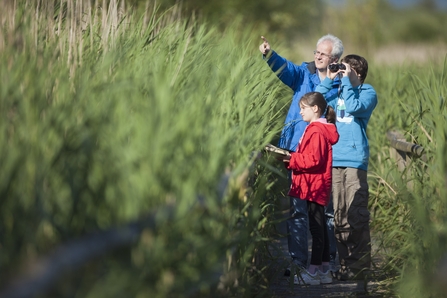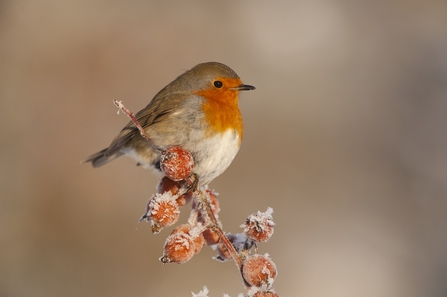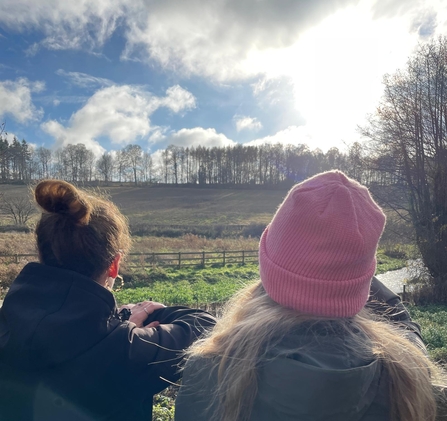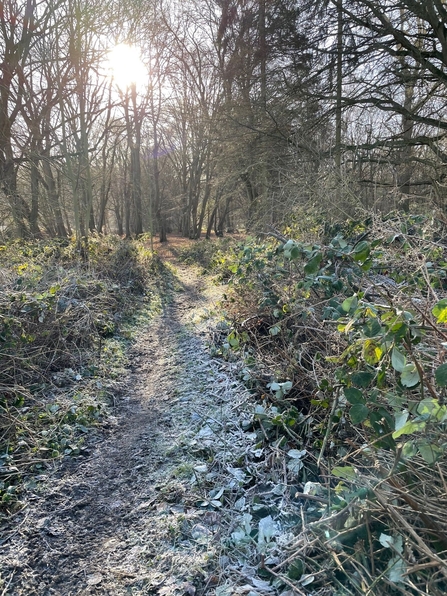Research by The Mental Health Foundation emphasises how connecting with nature benefits our mental health:
‘Our relationship with nature – how much we notice, think about and appreciate our natural surroundings – is critical in supporting good mental health and preventing distress.’
Spending time in nature is good for us for many reasons. “Fresh air and exercise” have long been recommended as a means to feel better, physically and mentally.
Evidence from the Mental Health Foundation demonstrates that the quality of our relationship with nature is part of the reason for its positive impact on our wellbeing. Researchers use the term “connectedness” to describe the ideal relationship.
Connectedness refers to the way we relate to nature and experience nature. A strong connection with nature means feeling a close relationship or an emotional attachment to our natural surroundings. For instance, we might notice the beauty of nature by touching the bark of trees, watching winter bird migrations, or by listening to birdsong.





